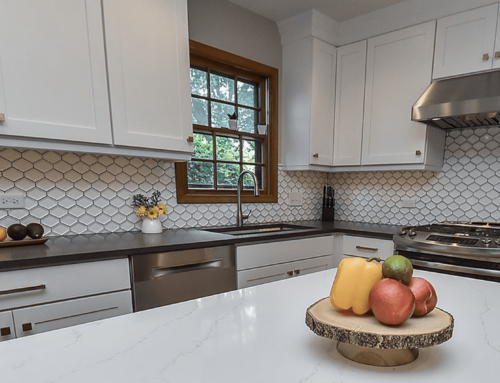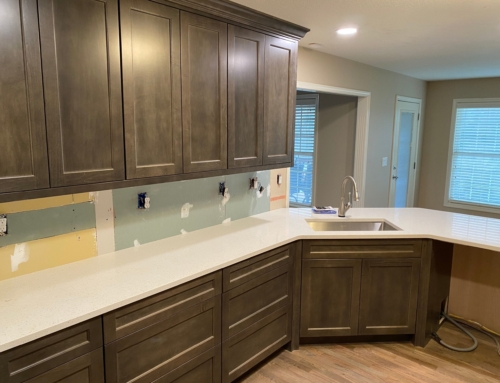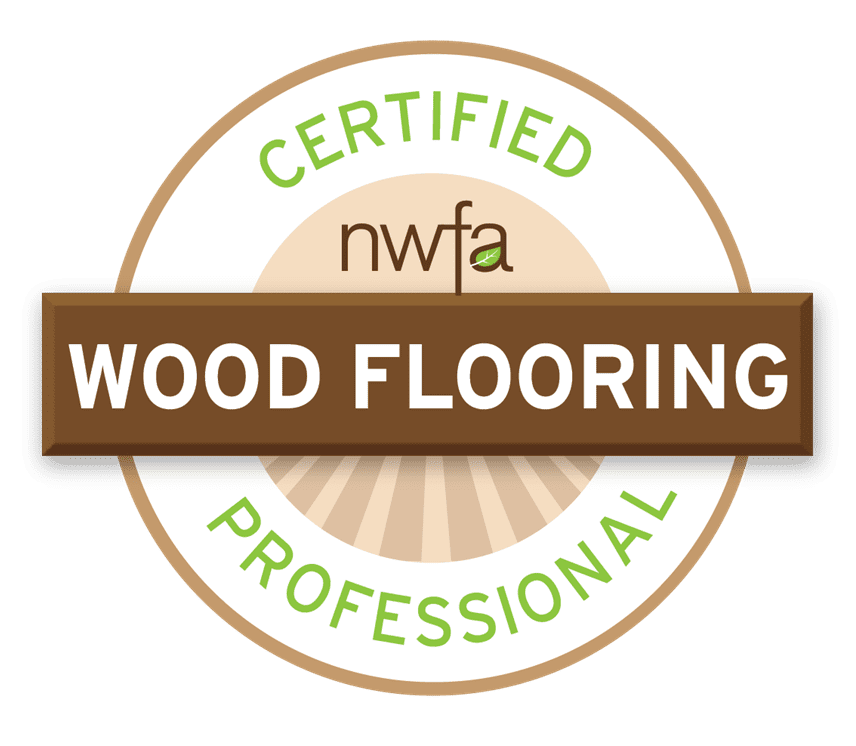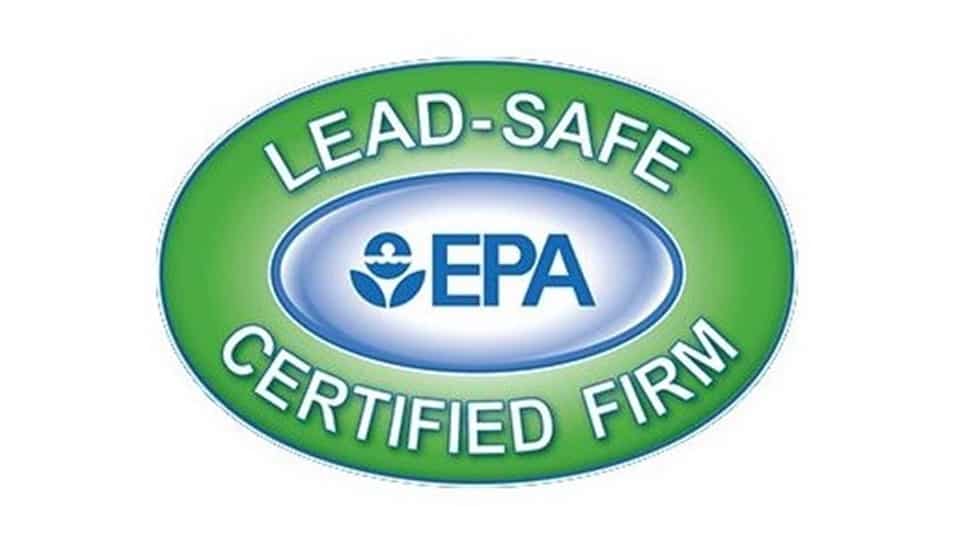You’ve probably devoted more money and time to your home than any other single aspect of your life. When it comes time to sell, you want to be sure to maximize your return on investment. Not to mention, you don’t want your home to sit on the market forever, either.
Some upgrades are a no-brainer because they cost little to nothing to do and immediately increase curb appeal. Tidying up the yard, planting flowers, power spraying the driveway and walkways are all great ways to start preparing to sell your home.
But be careful—some improvements that may seem to increase home value, such as swimming pools and high-end appliances, don’t actually affect the selling price of your home much if at all.
Other major improvements require a great deal of consideration. For example, if the roof and siding still have some life left in them, it’s probably best to let the next homeowners worry about replacing them.
For pricier improvements, you’re looking for those that cost less than the increase they bring to the value of your home. Probably the most dramatic way to increase your equity by up to 2.5% or more andsell your house quickly, nothing stands out more than replacing your flooring with quality hardwood or tile floors.
Whittling Down Your Flooring Options
To help you decide what flooring will work best for your home, the first thing you’ll want to do is inspect every room of your house and decide what has to go. Take careful note of what flooring is damaged, stained or warn beyond the point of being “shabby chic.” If any rooms have wall-to-wall carpeting, especially, now’s the time to rip that nasty stuff out and replace it with tile or hardwood flooring.
Next, you’ll have to choose what kind of flooring to install to replace the old floors. There are several different but equally acceptable ways of deciding, each of which will influence what type of flooring you choose.
If you appreciate uniformity, you can choose to lay the same floor across the entire house. This will eliminate thresholds between rooms, which is especially desirable for home buyers with mobility issues who may use a cane, walker or wheelchair to get around. The one way this approach restricts your choices, however, is that not every flooring material is appropriate for every room in your house.
Hardwood, for example, doesn’t fare well in kitchens and bathrooms, so you’ll have to go with a material that works everywhere. You could choose to tile your entire home, which is actually quite common in certain regions of the country. Alternatively, luxury vinyl plank mimics the look of natural hardwood but it’s water resistant and far more resilient.
If you like to shake things up a bit, you can choose different flooring materials for different rooms. Traditionally, kitchens and bathrooms get tile, living areas get hardwood. For any areas of your home that are below-grade, you may want to stick with tile, especially if you’re anywhere near a flood zone.
The last option (and least-appealing one, if you’re selling your home soon) is to use multiple flooring materials in different rooms. This is often the case in homes that have been sporadically updated over the years. Opinions vary on this style. Some feel it gives a home “character,” but for others it’s too visually jarring. If you’re selling your home soon its best to avoid such contentious choices and stick with crowd favorites.
Flooring: A Material World
Once you know whether you’re going with tile or wood plank or a combination of both, it’s time to drill down into specific materials. This, more than anywhere else, is where budget comes into play.
For rooms you’ve decided to tile, your options include natural stones, such as marble, granite, and limestone, as well as porcelain or, at the low end of the price spectrum, ceramic. Obviously natural stone is the most opulent option. Natural stone fits well into higher-end homes in highly desirable neighborhoods, where home buyers expect to pay a premium for luxury.
That said, part of the value of natural stone is its durability and longevity, not just its looks. Natural stone appeals to home buyers across the entire price spectrum, not just those looking for luxury properties. The only downside to natural stone is you are limited to only those colors and color combinations that appear naturally. Marbles are typically creamy and pale, granites somewhat more dynamic, and limestones typically are of more neutral earth-tones.
If natural stone is cost-prohibitive, or you simply want to exercise a little more creativity in your designs, ceramic tile is available in an infinite variety of colors, shapes and sizes. It’s not quite as strong as natural stone tile, but it’s still very robust and will last for years to come.
For those areas you’re planning to give a hardwood or hardwood-inspired look, your choice in specific material will be shaped tremendously by what kind of home buyer you want to appeal to most: Singles, young couples without children, parents with children, or older empty-nesters.
True hardwoods are the most lavish option, but also the least impervious to scratches, chips and scuffs. Hardwood floors fare better in homes without children, who are more likely to damage them. Urban renewal zones and retirement communities, however, are some of the best areas to use real hardwood.
If yours is a neighborhood full of families with children, especially elementary-age or younger, the trend these days is to go with luxury vinyl plank flooring. LVP is made of a slightly rubbery (therefor more resilient) synthetic material that holds up well against the use and abuse an active family subjects their floors to. Costs can range from the low-end for peel-and-stick planks, all the way up to premium products that command prices similar to real hardwood.
Still can’t decide what kind of flooring to install in your soon-to-be-sold home? Check out our guide to hardwood and hardwood-inspired flooring as well as our explanation of the different types of tile. Ready for a hassle-free quote with a pricing guarantee? Call or email today for a free consultation.











